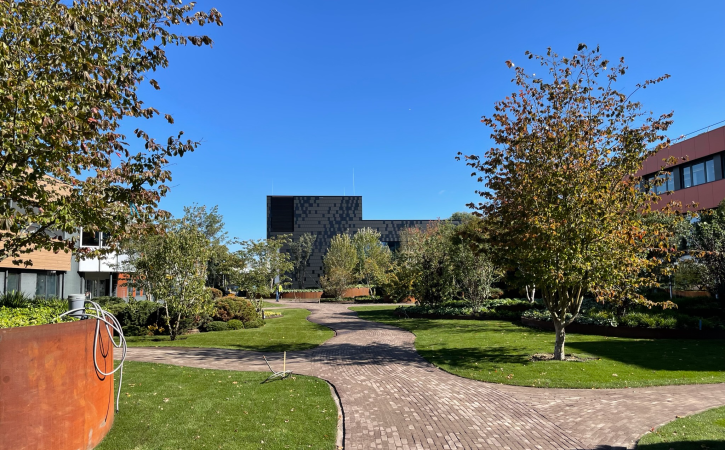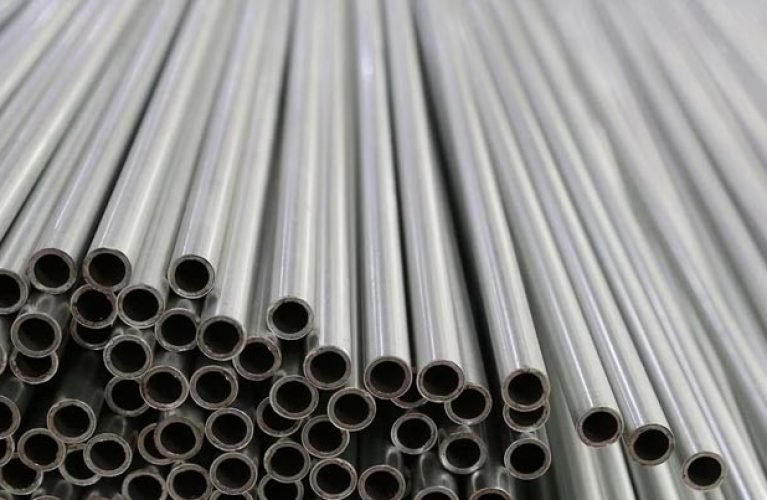
In an era where urbanization continues to expand, the importance of reconnecting with nature has become more essential than ever. Cities are evolving, and with this evolution comes a renewed interest in green spaces, sustainability, and natural aesthetics. Two design concepts leading this movement are Garden Nursery Design and Rooftop Glasshouse Design — both serving as remarkable examples of how modern architecture can harmonize with nature while promoting ecological well-being.
Garden Nursery Design: The Foundation of Urban Greening
A well-planned Garden Nursery Design serves as the cornerstone of sustainable landscaping and horticultural success. Nurseries are no longer just places to buy plants; they are now thoughtfully designed ecosystems that encourage biodiversity, education, and community engagement. A successful nursery design requires careful consideration of layout, plant zoning, irrigation, lighting, and customer experience.
In today’s context, urban garden nurseries must balance functionality with aesthetics. The layout should allow for easy navigation while maximizing space for plant display and growth. Sustainable materials, rainwater harvesting systems, and energy-efficient lighting are key elements that enhance the ecological value of these designs. Incorporating educational zones, display gardens, and composting areas not only attracts environmentally conscious customers but also inspires sustainable living practices.
Moreover, Garden Nursery Design goes beyond plant arrangement; it creates a sensory experience. Fragrance trails, color-themed plant zones, and textured pathways can transform an ordinary nursery into an immersive green sanctuary. The use of smart technology, such as automated irrigation systems and climate control, further improves plant health and operational efficiency. For businesses, investing in thoughtful nursery design translates into higher visitor engagement, repeat customers, and a strong environmental reputation.
Rooftop Glasshouse Design: The Future of Green Architecture
As urban spaces become denser, rooftops are emerging as the new frontier for sustainable architecture. The concept of Rooftop Glasshouse Design has gained immense popularity due to its ability to merge modern engineering with natural beauty. These glasshouses serve multiple purposes — from urban farming and botanical display to wellness retreats and eco-conscious workplaces.
A well-executed Rooftop Glasshouse Design not only maximizes unused vertical space but also contributes to the thermal regulation of buildings, reducing overall energy consumption. The transparent structure allows for optimal sunlight exposure, creating ideal conditions for growing plants year-round. By integrating renewable energy systems like solar panels and automated ventilation, glasshouses can operate with minimal environmental impact.
For city dwellers, rooftop glasshouses provide a tranquil escape from the urban chaos. Imagine dining under a canopy of greenery or working amidst lush tropical plants — the psychological and health benefits are profound. These designs promote relaxation, productivity, and a deeper appreciation of nature. Additionally, they help mitigate the heat island effect, improve air quality, and support urban biodiversity by attracting pollinators.
From a design perspective, Rooftop Glasshouse Design requires meticulous planning. Structural load capacity, waterproofing, insulation, and access points must be carefully addressed. Using tempered or laminated glass ensures safety, while shading devices and smart glass technologies control heat and glare. The inclusion of modular furniture, hydroponic systems, and ambient lighting enhances functionality and aesthetics.
Integrating Garden Nursery and Rooftop Glasshouse Designs
When combined, Garden Nursery Design and Rooftop Glasshouse Design can redefine the urban landscape. Imagine a city where every commercial building hosts a green nursery on its rooftop, cultivating plants that purify the air, absorb carbon dioxide, and create micro-ecosystems. This integration not only adds beauty but also supports environmental sustainability and self-sufficiency.
Businesses like Green Conceptors are at the forefront of this sustainable revolution, blending horticultural artistry with architectural precision. Their projects showcase how green design can enhance both ecological balance and human well-being. Through innovative nursery layouts and advanced rooftop glasshouse structures, they demonstrate that sustainability can be both functional and visually stunning.
For property developers, architects, and city planners, embracing these green concepts is more than just a trend — it’s a necessity. Implementing Garden Nursery Design principles in residential and commercial developments enhances property value while contributing to the community’s environmental goals. Similarly, adopting Rooftop Glasshouse Design in urban projects promotes green energy use and provides residents with serene natural spaces.
Sustainability and Aesthetics: The Core of Modern Green Design
Both design philosophies emphasize a crucial balance — blending nature with innovation. The success of Garden Nursery Design lies in creating spaces that educate and inspire while maintaining ecological integrity. The power of Rooftop Glasshouse Design rests in its ability to transform underutilized rooftops into thriving green environments.
These designs also symbolize hope — a vision of a future where architecture respects the planet. As climate concerns continue to shape urban development, the adoption of green architecture becomes a moral and environmental imperative. By integrating smart design, renewable resources, and ecological awareness, designers can create spaces that nurture both people and the planet.
Companies like Green Conceptors are proving that sustainable design doesn’t mean compromising on aesthetics or practicality. Instead, it represents a new era of innovation — one that invites nature back into our concrete landscapes. Whether through lush nurseries or elegant rooftop glasshouses, their designs serve as living proof that a greener future is not only possible but beautifully achievable.
Conclusion
The future of urban architecture lies in reimagining how we interact with nature. Garden Nursery Design and Rooftop Glasshouse Design are powerful tools in this transformation — bridging the gap between modern living and environmental harmony. By embracing these concepts, cities can become more livable, sustainable, and inspiring. With thoughtful planning, innovation, and passion, we can cultivate not just gardens and glasshouses, but a more balanced and greener world for generations to come.










